An addition problem is when we add something to something.
When we see the sign that let's us know that it's an addition problem.
Addition
Addition
Let's look at an example –
Daria has blue balls
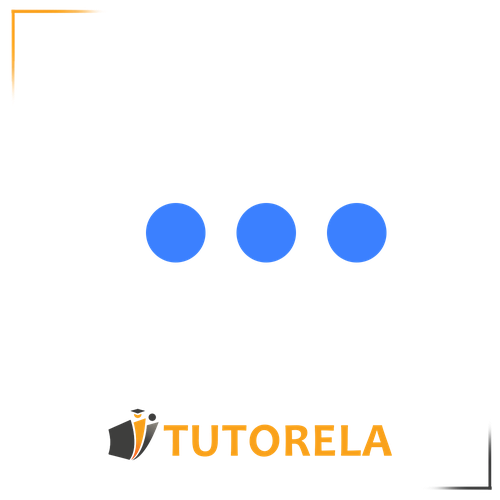
Max has orange balls
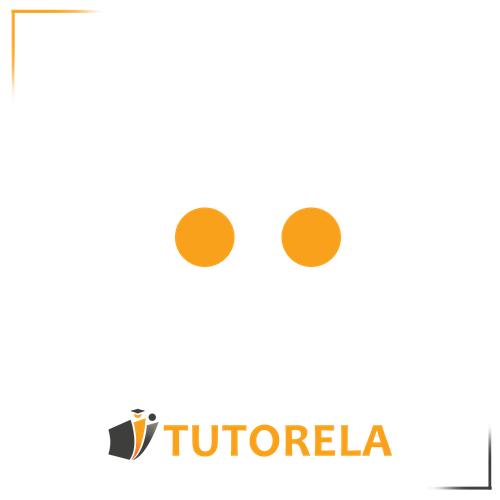
How many balls do Daria and Max have together?
Let's count the balls -
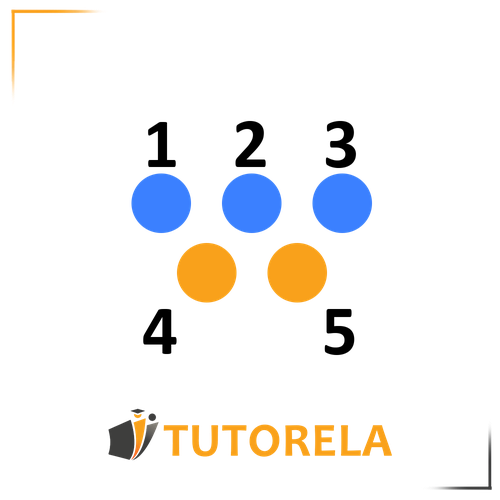
Together they have balls in total.
The addition exercise is:
Test yourself on addition!
Add ten units to the number 72.
What is the resulting number?
Addition
Now we'll move on to a slightly harder exercise.
Solve the exercise
Let's use balls-
We have a group of balls
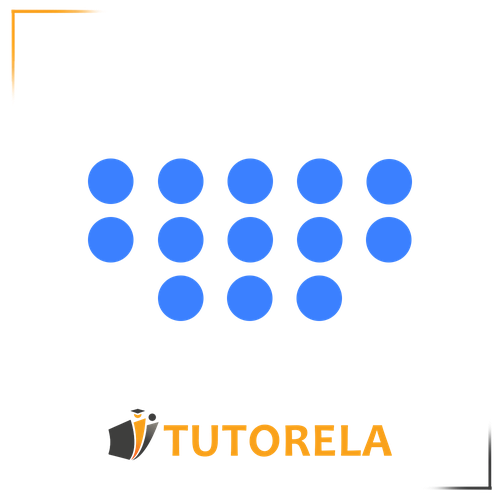
and a group of balls
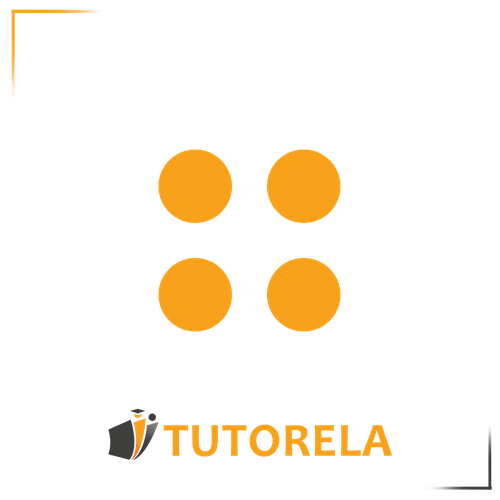
The plus reminds us that we need to add them together.
Upon counting how many balls we have in total we discover that we have balls.
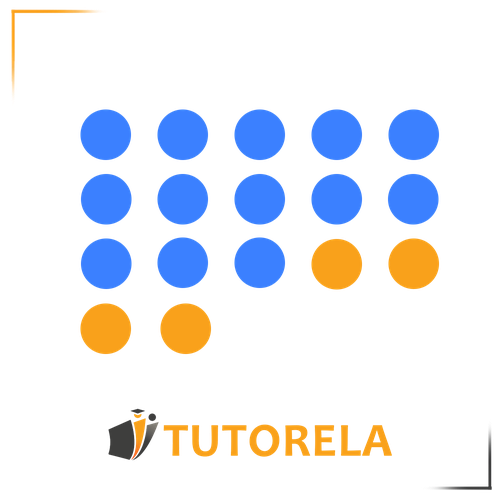
Well done!
Now let's proceed to adding without needing to draw circles.
When I have any number, for example , and want to add to it,
like in the exercise
Imagine that we already have and we just want to add more.
Let's count:
First we'll add and obtain
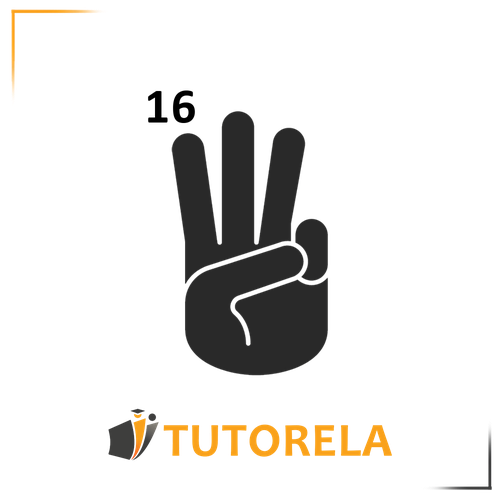
Let's continue to add and we'll obtain
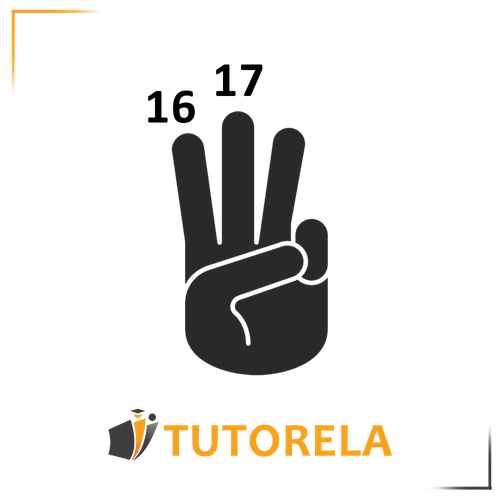
Finally we'll add and obtain !

The answer
Let's do another exercise –
What is the solution to the following exercise:
Let's imagine we have and we're simply adding .
Add – we obtain
Add another – we obtain
Add another – we obtain
Add another – and we obtain
We added and obtained !
Therefore:
Now let's move on to slightly more advanced exercises!
Imagine that Annabeth has chocolate cubes
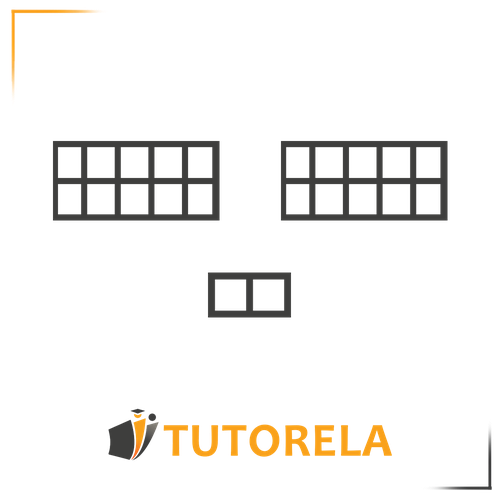
and Gilbert has chocolate cubes.
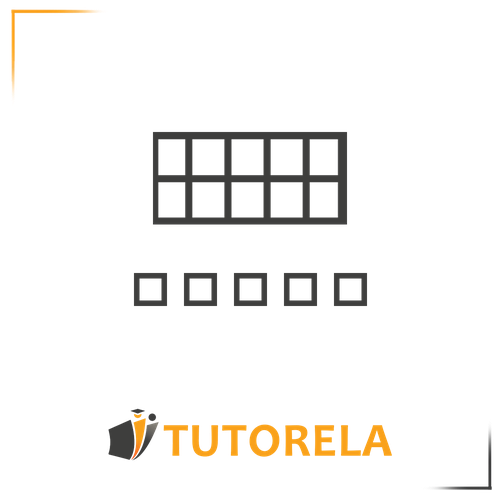
How can we know how many chocolate cubes they have together without drawing or adding 1 each time?
Observe the following method
The numbers we have contain tens and ones.
Let's see how many tens Annabeth has –
and how many tens Gilbert has –
We'll add them together and obtain the following
Now let's proceed to the ones – ones for Annabeth
and ones for Gilbert –
Added together we obtain
Now we'll add the sum of tens with the sum of ones as shown below:
This is the result of the exercise
Let's learn another way:
Vertical solution!
When we are presented with an addition problem like this for example:
Let's write it vertically in a neat way - ones under ones and tens under tens if there are any.
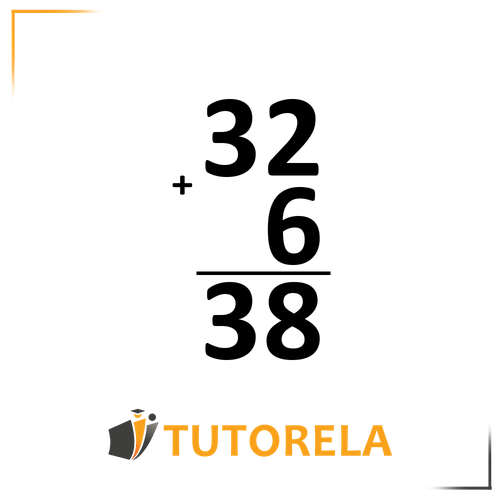
Let's add ones with ones –
and tens with tens
We obtain the following result
is .
Let's solve another exercise:
Let's write the problem vertically, placing all ones under ones and tens under tens, and we should obtain the following solution:
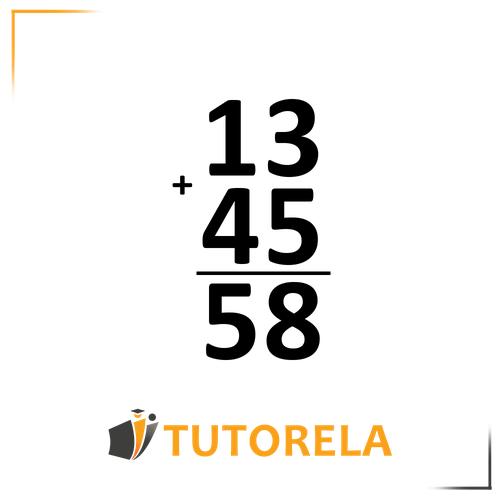
Let's calculate
We obtain
Proceed to calculate
We obtain
Add twenty units to the number 66. What is the resulting number?
Add fifty units to the number 31.
What is the resulting number?
Add thirty units to the number 44.
What is the resulting number?
Examples with solutions for Addition
Exercise #1
Add ten units to the number 72.
What is the resulting number?
Step-by-Step Solution
To find the resulting number when ten units are added to 72, we will perform the following steps:
- Step 1: Identify the starting number, which is 72.
- Step 2: Add 10 to the starting number. This is done by calculating .
Let's perform the calculation:
Therefore, the resulting number when ten units are added to 72 is .
Answer
Exercise #2
Add thirty units to the number 44.
What is the resulting number?
Step-by-Step Solution
To solve the problem, we will perform simple addition:
- Step 1: Identify the numbers involved. We have the number and we need to add to it.
- Step 2: Use the addition formula to find the sum. This is calculated as .
- Step 3: Perform the calculation. Since , we find that the resulting number is .
Therefore, the solution to the problem is .
Answer
Exercise #3
What number do we get if we add 3 tens and 4 units to the number 55?
Step-by-Step Solution
To solve this problem, we'll follow these steps:
- Step 1: Add the 3 tens to the number 55.
- Step 2: Add the 4 units to the result from Step 1.
Let's work through each step:
Step 1: We need to add three tens to 55. Three tens equal .
Thus, adding 30 to 55 gives us:
Step 2: Now, we add the 4 units to the result of Step 1 (which is 85).
Adding 4 gives us:
Therefore, the solution to the problem is .
Answer
Exercise #4
What number do we get if we add 6 tens and 7 units to the number 12?
Step-by-Step Solution
To solve this problem, we'll follow these steps:
- Step 1: Calculate the value of 6 tens.
- Step 2: Calculate the value of 7 units.
- Step 3: Add the values obtained in Steps 1 and 2.
- Step 4: Add this result to the initial number.
Let's work through each step:
Step 1: Calculate the value of 6 tens.
Each "ten" represents 10 units, so 6 tens equals .
Step 2: Calculate the value of 7 units.
Each "unit" represents 1, so 7 units equal .
Step 3: Add the values from Steps 1 and 2.
The total value of tens and units is .
Step 4: Add this result to the initial number, 12.
So, .
Therefore, when we add 6 tens and 7 units to the number 12, we obtain .
Answer
Exercise #5
Add twenty units to the number 66. What is the resulting number?
Step-by-Step Solution
To solve this problem, we'll follow these steps:
- Step 1: Identify the initial number and the amount to be added.
- Step 2: Perform the addition of the two numbers.
Now, let's work through each step:
Step 1: The initial number is given as 66, and we need to add 20 to it.
Step 2: We'll perform the addition:
Therefore, the solution to the problem is .









